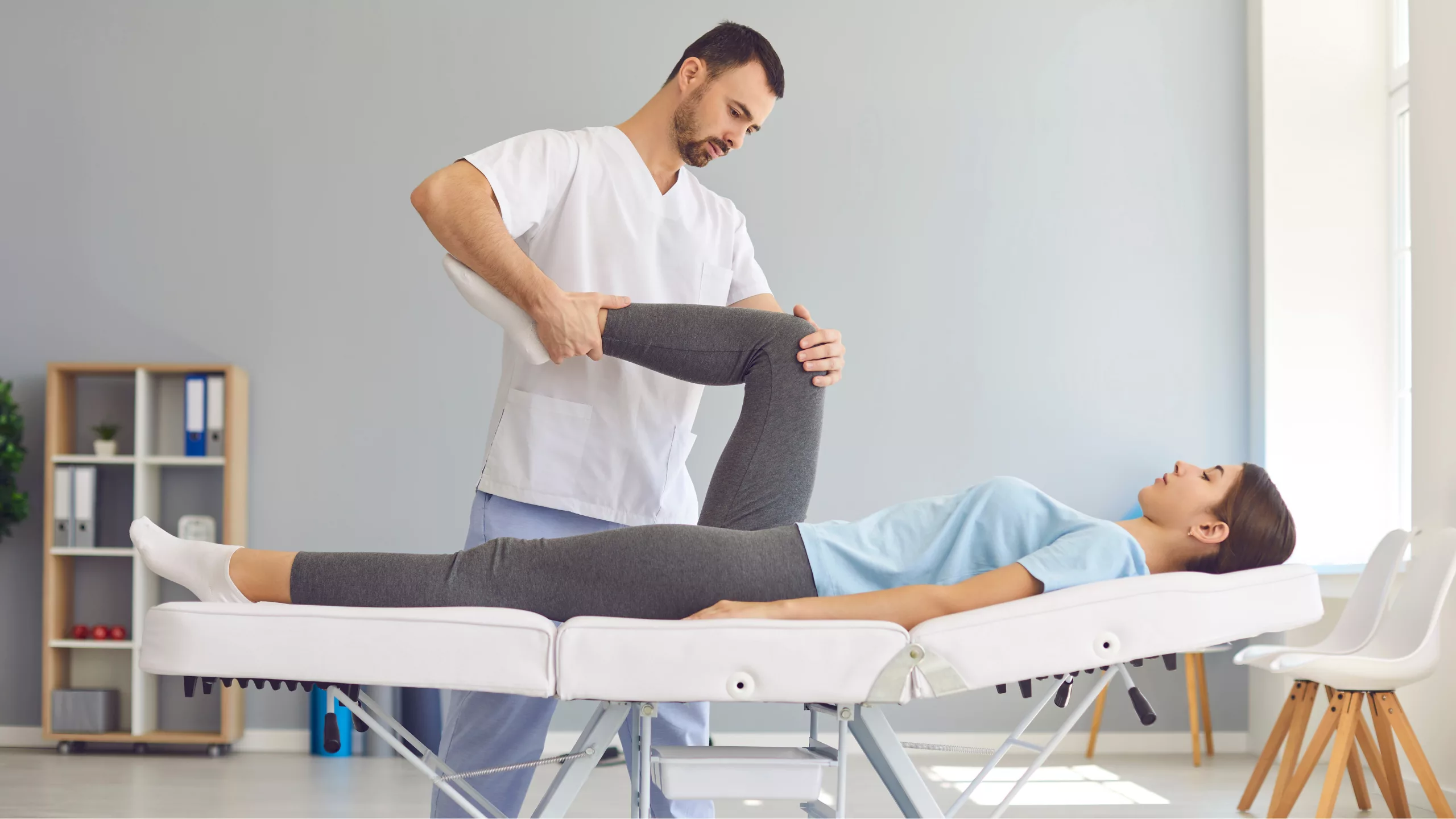What Is Sports Physiotherapy? Benefits, Techniques & How It Works


If you love to move—whether you’re a weekend soccer player, a dedicated gym-goer, a competitive athlete, or someone just trying to stay fit—sports physiotherapy can be a game-changer for your health, recovery, and performance. This specialized form of physiotherapy goes beyond general rehab by focusing on the unique needs of active people. It’s not just about relieving pain; it’s about helping you move better, recover faster, and perform at your best, all while reducing the risk of future injuries.
Sports physiotherapy is a branch of physical therapy dedicated to the prevention, assessment, and treatment of injuries related to physical activity and sport. While all physiotherapists help people recover from injury, sports physios have extra training in movement science, biomechanics, and sport-specific demands. They understand how your body works during activity, why injuries happen, and how to help you return to your sport—safer, stronger, and more confident than before.
At clinics like ReWin Therapy, you’ll find physiotherapists who combine hands-on techniques, exercise prescription, and personalized education to help you achieve your individual goals—whether that’s returning to running, lifting heavier weights, playing in a tournament, or simply moving without pain.
Your experience with sports physiotherapy begins with a detailed conversation. Your physiotherapist will ask about your pain, how you got injured, and what you want to achieve. Are you looking to run a marathon, play tennis, or just be able to pick up your kids without wincing? Your answers guide the entire process.
Next comes a thorough physical assessment. This might include watching how you walk, squat, or run; testing your strength, flexibility, and balance; and checking your posture and joint mobility. Advanced clinics use video analysis or wearable sensors to spot movement patterns that could be setting you up for injury. This detective work helps uncover the root cause—not just the symptoms—of your pain.
Based on your assessment, your physiotherapist will create a custom treatment plan with three key focus areas:
If you’re hurt, sports physiotherapy helps speed up healing with techniques such as:
Sports physios don’t just wait for you to get hurt. They actively help you stay injury-free by identifying weak spots, muscle imbalances, or poor movement habits that could lead to trouble down the road. This might involve:
At ReWin Therapy, therapists believe returning to your pre-injury level isn’t enough. They help you rebuild capacity so you can come back stronger, more resilient, and less likely to relapse.
Sports physiotherapy isn’t just about fixing injuries—it can also help you run faster, jump higher, and move more efficiently. By improving your strength, flexibility, balance, and technique, physios help you reach your athletic potential and enjoy your sport more.
Sports physiotherapy helps you heal more quickly, with less pain and fewer setbacks. Research shows that targeted rehab can reduce pain, swelling, and stiffness, allowing a quicker—and safer—return to activity.
Instead of relying on pills, sports physio uses hands-on therapies, exercises, and modalities like heat, ice, or electrotherapy to manage pain naturally.
By addressing imbalances, weaknesses, and poor movement patterns, physios help reduce your risk of future injuries—a major advantage for anyone who wants to stay active long-term.
After an injury, it’s natural to feel nervous about returning to your sport. A sports physio guides you through progressive rehab, restoring not just your strength but your confidence and trust in your body.
Correcting technique, improving strength, and optimizing movement can make you a better athlete. Some physios even offer running or throwing analysis to fine-tune your form.
You don’t have to be an elite athlete to benefit. Sports physiotherapy is for anyone who:
While every plan is unique, you can expect:
At ReWin Therapy, the process is patient-centered—you’re an active partner in your recovery, not just a passive recipient of care. Modern physiotherapy is about empowering you with the tools and knowledge to manage your body for the long term.
If you’re dealing with pain, want to prevent injury, or hope to reach new levels in your sport, sports physiotherapy can help. At clinics like ReWin Therapy, you’ll work with experienced professionals who understand the demands of your activity and are committed to helping you move, perform, and live without limits.
Don’t wait for minor twinges to become major problems. Take control of your movement health—book an assessment and discover how sports physiotherapy can help you stay strong, mobile, and injury-free.
To make an appointment with ReWin Therapy, simply click on the ‘Request an Appointment’ button below and follow the prompt. Alternatively, please call our reception during our operating hours.
